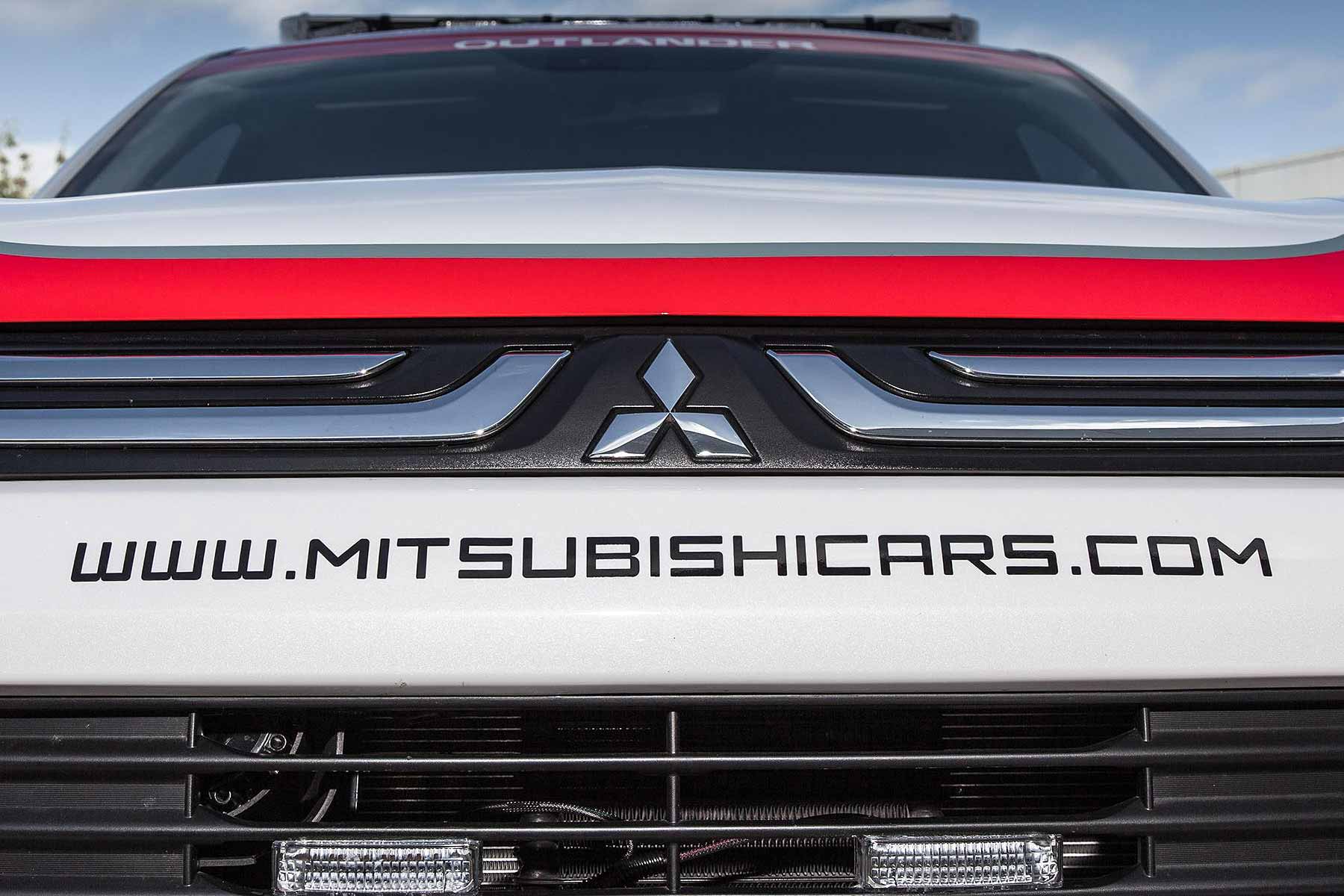 Mitsubishi has admitted cheating fuel economy tests dating back to 1991 and the Japanese car company has now set up an independent investigation committee to establish just what’s been going on.
Mitsubishi has admitted cheating fuel economy tests dating back to 1991 and the Japanese car company has now set up an independent investigation committee to establish just what’s been going on.
Since the news broke that 625,000 Kei cars had been given falsified fuel economy figures, Mitsubishi has lost around half the market value. It seems more bad news is likely to emerge in coming days too as attention focuses on the sixth-largest Japanese car company’s fuel economy test procedures.
Here’s what we know so far about the Mitsubishi fuel economy test cheat crisis.
What has Mitsubishi done?
Mitsubishi has overstated fuel economy figures of four cars sold on the Japanese market: the Mitsubishi eK Wagon and eK Space, and the Nissan Dayz and Dayz Roox.
Not only has testing not been conducted correctly, it was also done in a way different to that required by Japanese law – something that has infuriated Japanese ministers who have said such manipulation is “extremely serious”.
How did Mitsubishi cheat the test?
It seems misconduct centred around the running resistance value test cars were subjected to. This rolling road resistance mimics two things – the rolling resistance, largely from the tyres, and the effect of air resistance when vehicles are moving: cars are tested stationary in labs where there’s no wind resistance, so it has to artificially be applied.
An analyst put it more bluntly: Mitsubishi appears to have over-inflated the tyres to cut rolling resistance and thus artificially inflate fuel economy.
What effect would this have had on official figures?
Experts say this practice may have artificially inflated Mitsubishi fuel economy figures by around 5-10%.
Are the cars with dodgy fuel economy figures still on sale?
No – when news of the scandal broke, Mitsubishi immediately stopped production and sales of the eK models. Nissan has also stopped selling the Dayz models (and is now in discussions with Mitsubishi over compensation).
Who discovered the fuel economy test cheat?
Ironically, it was Nissan that discovered the fuel economy test misconduct, during initial development for the successor to these cars. It took evidence of the deviations to Mitsubishi, which discovered things were amiss.
Is anything else amiss with Mitsubishi’s fuel economy test procedures?
Separate to this misconduct, further revelations about how Mitsubishi carries out fuel economy testing in Japan have emerged.
Japanese fuel economy test regulations are configured differently to tests in other parts of the world to better reflect the stop-start city-style driving commonplace in Japanese driving. Remarkably, when they changed, Mitsubishi admits it did not follow this rule change.
So how long has Mitsubishi been doing this?
Alarmingly then, Mitsubishi has admitted it’s been testing fuel economy this way for a quarter of a century. “For the domestic market, we have been using that method since 1991,” said Mitsubishi vice-president Ryugo Nakao at a press conference. The regulations changed: Mitsubishi testing did not change to reflect it.
Are other Mitsubishis affected?
Mitsubishi says it’s thus likely other Japanese market cars are affected: “During our internal investigation, we have found the testing method which was different from the one required by Japanese law has been applied to other models manufactured by Mitsubishi for the Japanese domestic market.”
Does it involve emissions cheating like the Volkswagen scandal?
This is an issue related to fuel economy test figures, not emissions. While any official emissions figures may well be different once fuel economy is restated, this will be an incremental addition – unlike Volkswagen, Mitsubishi has not been employing ‘cheat’ devices that alter the engine to get back emissions regulations.
Thus far, the Mitsubishi scandal is also related to petrol cars, not diesels – and petrol cars generally meet emissions regulations with ease.
So if Japanese cars are affected, do UK Mitsubishis have dodgy fuel economy figures?
Mitsubishi says this issue is restricted to the Japanese market: there is no evidence cars sold in Europe and the U.S. are affected.
European cars are tested according to the NEDC fuel economy test cycle, which itself is largely agreed to be outdated – but it is an independent test that all cars sold in Europe must pass. Manufacturers cannot overstate fuel economy: when they do, as Volkswagen discovered last year, clarifications must be issued when it is discovered.
What is Mitsubishi doing about it?
Mitsubishi, after expressing “its most sincere apologies to all of our customers, shareholders, and stakeholders,” has set up a special investigation committee that’s fully independent from the company itself.
It will have three members – all attorneys of law – who will fully investigate the matter, see if there’s any other improper conduct at play within Mitsubishi, and then reveal both the cause and suggested remedial action to prevent it happening again.
They’ll report back in three months’ time.